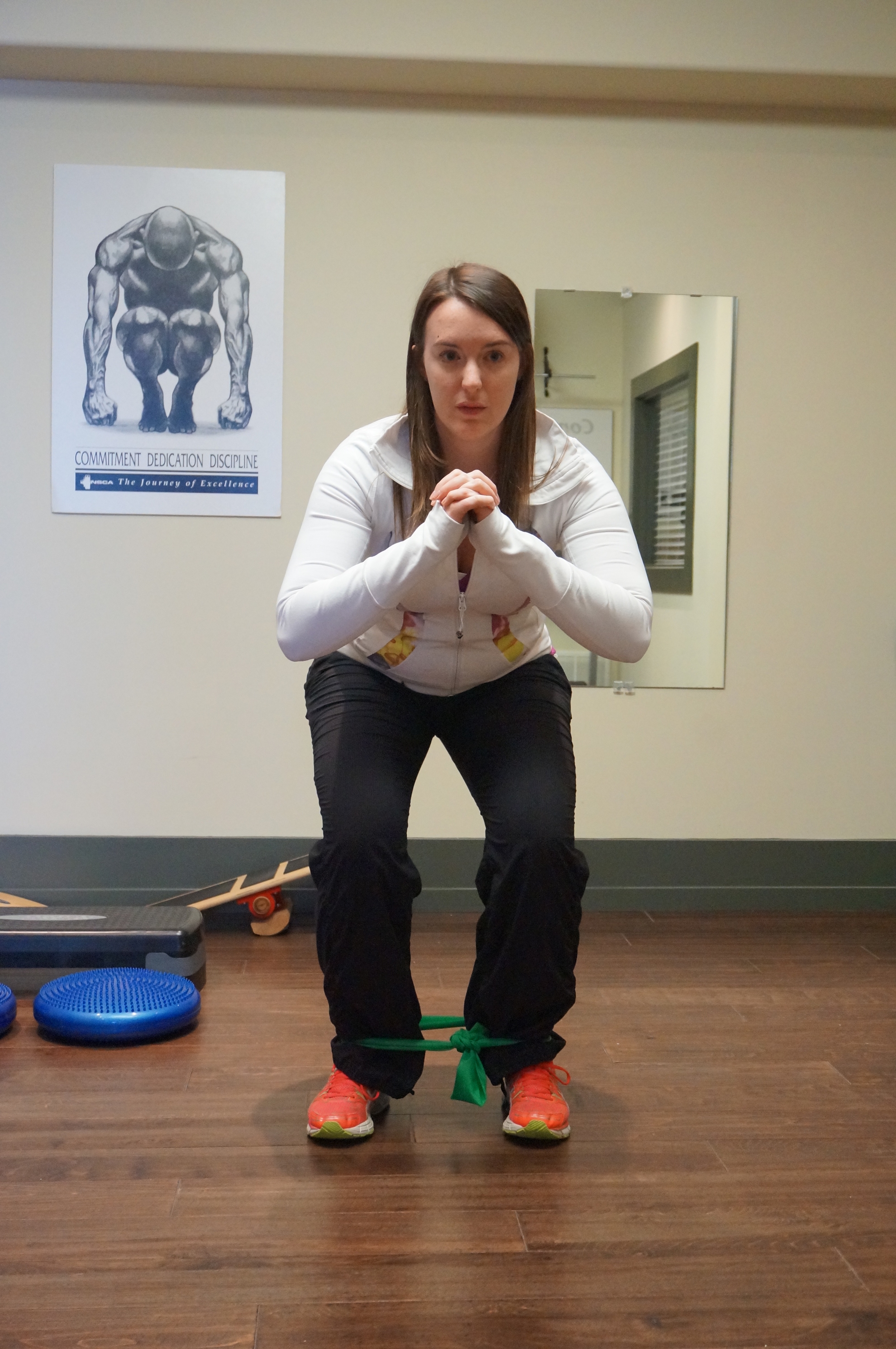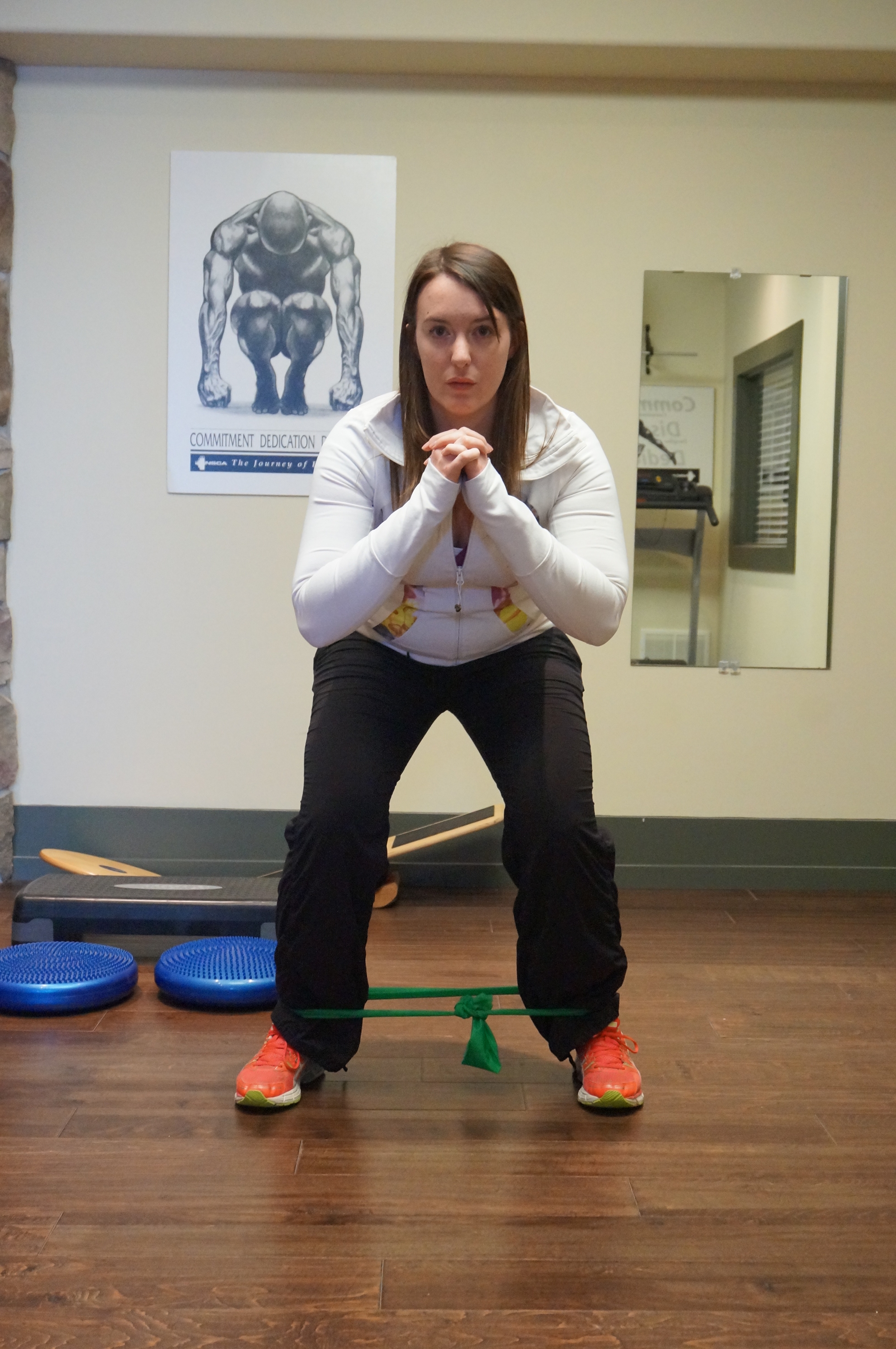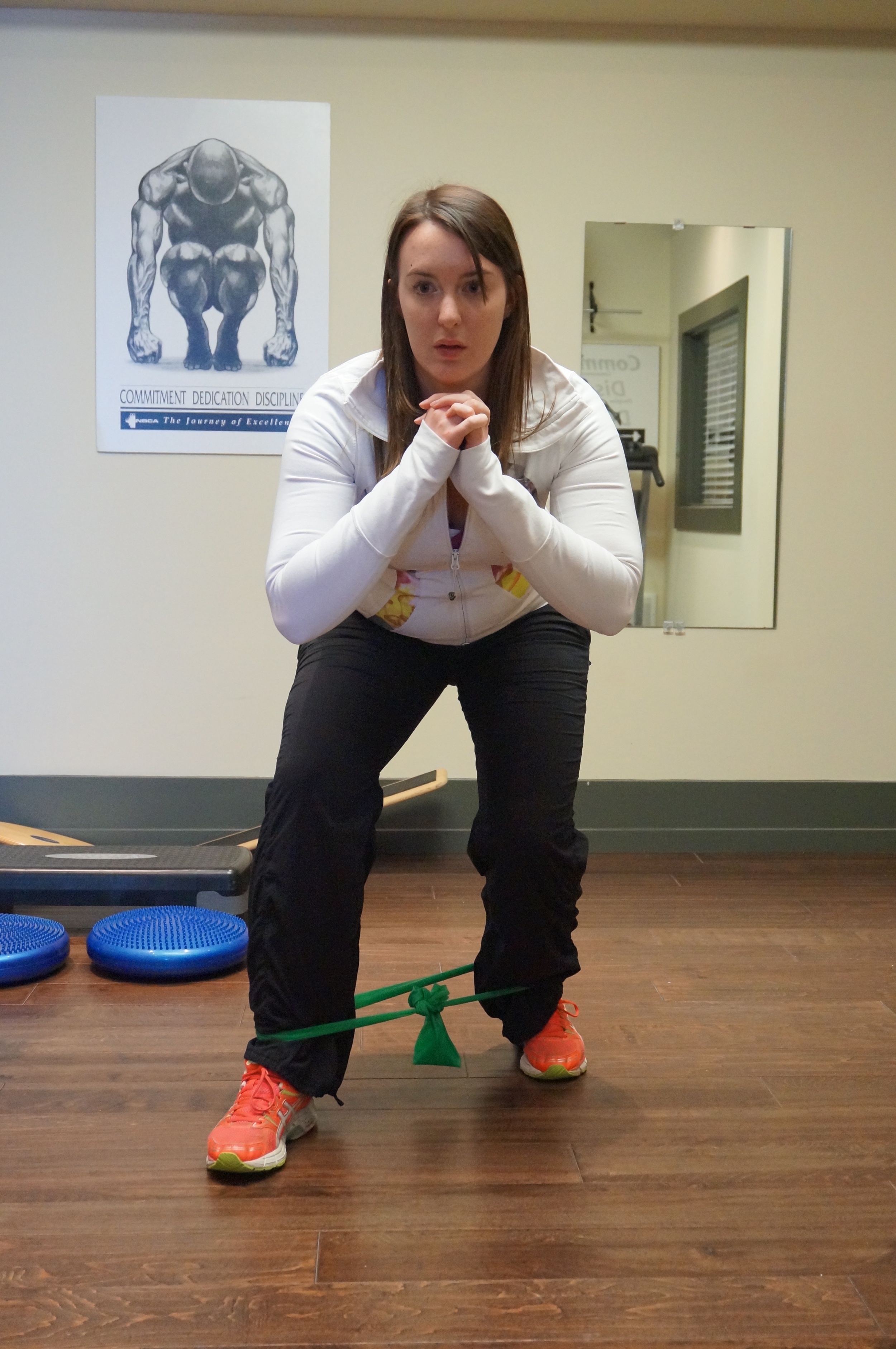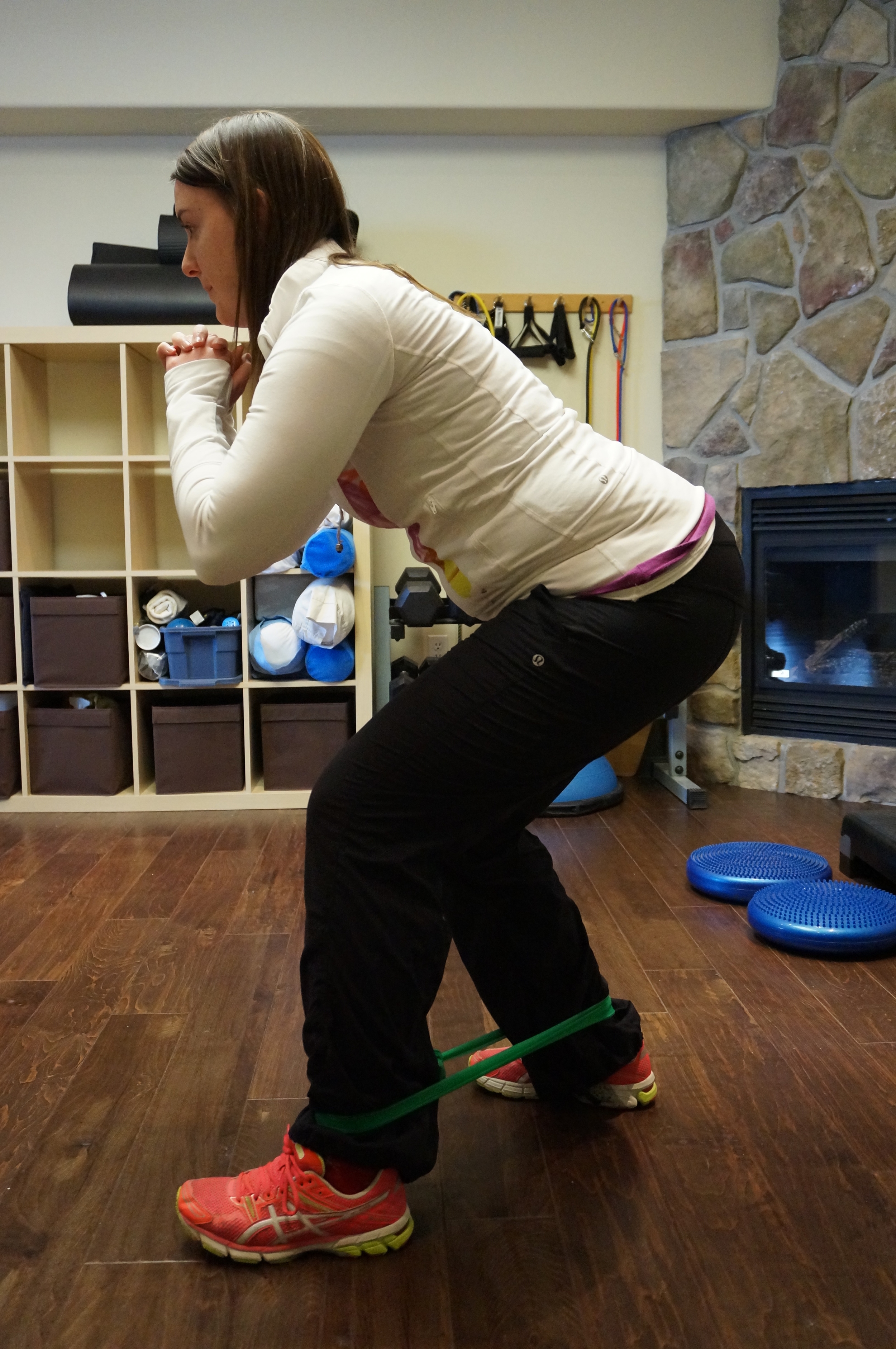Running injuries are very common and can be really annoying. It is important to get them looked at by your health care professional early on as they can easily progress and be difficult to treat.
The following are some of the most common running injuries that can be helped with some simple hip strengthening:
● Patellar femoral pain syndrome (PFS) – Runner’s knee
● Iliotibial band friction syndrome
● Shin splints
● Hamstring strains
Strengthening the hip is key for rehabilitation. In this article, we will demonstrate three common hip strengthening exercises to help you recover and get back on track:
1) Clams
Lie on your side with your hips and shoulders in a straight line, stack your hips on top of one another and slightly bend your knees so that your thighs are at a 45 degree angle to your body. Place your hand on your hip and rest your head on your bottom arm. Keep your heels together as you slowly rotate your top leg in the hip socket opening the knee. Lift the knee as high as you can without moving your pelvis, hold at the top for 3 seconds and then slowly return to the start position.
This exercise helps to strengthen a muscle called Gluteus Medius. Gluteus Medius helps to stabilize the hip.
Try this 10 times for 3 sets
2) Monster Walks
Use a resistance band wrapped around your ankles or knees and lower your body into a squat.
Step 1- Step to the left in squatted position 5 times and then step 5 times in a squatted position to the right.
Step 2- Step in the pattern of an X while remaining in the squatted position in each direction. Repeat 5 times.
3) Bridges
Lie on the floor and bend your knees so that your feet are flat on the floor. Squeeze your glutes/bum and tighten your abdominals. Lift your bum off the floor and hold for 5-10 seconds. Slowly lower back down to the ground. Repeat this 10 more times and try 1- 3 sets. This exercise works the glutes, core and hamstrings.
Getting it Right
Remember, this does not replace the advice of a health care professional. At Synergy Health and Wellness Centre we provide Athletic Therapy, Chiropractic Care, Massage Therapy and Yoga! We will assess your injury and try to determine the cause.
We will assess your:
● Training – surface-type and distance
● Flexibility
● Alignment
● Mechanics
For more exercises, injury rehabilitation, A.R.T, and orthotics come see us at Synergy Health and Wellness Centre where we will get you on the road to recovery!

















